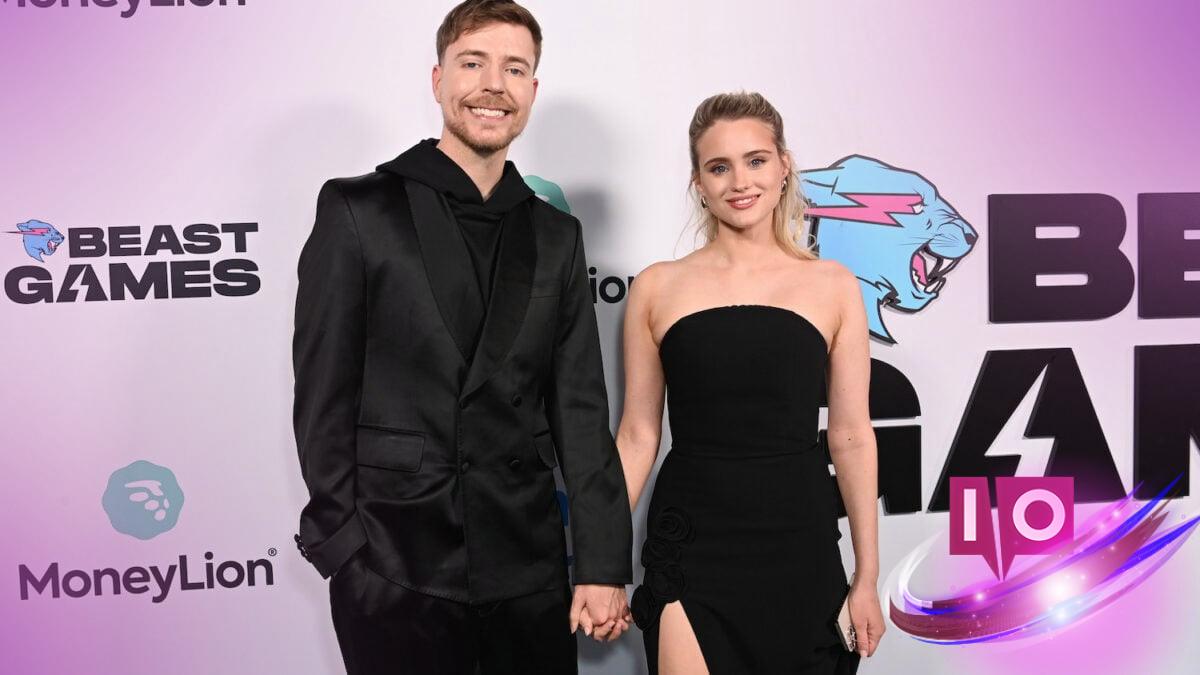AI-generated content, commonly referred to as “AI slop,” is infiltrating our digital landscapes. It’s scattered across social media feeds, invading video platforms like YouTube, and even making its way into political messaging. OpenAI CEO Sam Altman perceives this as progress, proclaiming that we might be on the verge of a creativity boom. Yet, many simply see it as a troubling trend: a phenomenon that could ultimately degrade the quality of art and entertainment.
Even social media moguls like Jimmy Donaldson, a.k.a. MrBeast, are raising flags about this issue. Recently, he expressed concerns over the surge of AI-generated content, questioning its potential impact on creators who rely on genuine human effort for their livelihoods. His insights resonate deeply within the creative community, marking a pivotal moment in how we view artistry and authenticity in the age of automation.
1. The Threat of AI to Creative Careers
It’s clear that the rise of AI is challenging established norms within the creative class. Influencing, once a path young people took to express creativity, now faces risks from automated solutions entering the market. AI firms are pitching these services as alternatives for advertisers, potentially undermining the careers of human artists.
2. The Economic Strain of Content Creation
MrBeast’s company, valued at \$5 billion (approx. €4.7 billion), has faced significant financial challenges related to high production costs, suffering losses over recent years. In contrast, the overhead required to operate an AI-driven influencer model is minimal, raising questions about the sustainability of human-driven creative enterprises in this new landscape.
3. The Fiction of AI-generated Performers
The recent introduction of AI actress Tilly Norwood has sparked debates in Hollywood. Although merely a digital creation, she has garnered attention, even from talent agents, which many see as a sign that the industry could be veering off course. However, few would genuinely prefer an entirely AI-generated character over a real human performer; the essence of art lies in its human connection and the stories we share.
4. Genuine Artistry vs. Algorithmic Creations
While we can appreciate the capabilities of AI, we must remember that art thrives on emotional and intellectual connections. Consumers crave experiences that reflect human perspectives, transcending algorithm-generated imagery. For instance, MrBeast’s content centers around real people navigating extraordinary challenges—a kind of dramatic tension that AI simply cannot replicate no matter how advanced its computations.
What is the impact of AI on creative industries? AI is changing the landscape, creating potential threats for creators while making it easier for businesses to cut costs by opting for automated solutions.
Is AI-generated content as effective as human-created content? Although it may mimic real content, genuine human creativity tends to resonate more deeply with audiences.
How are established creators responding to the rise of AI content? Many are voicing concerns about job security and the authenticity of their work in a rapidly changing environment.
What does the future hold for art and entertainment in the age of AI? The ongoing evolution suggests that while AI will play a role, authentic human creativity will remain essential for genuine artistic expression.
The conversation surrounding AI in creative fields is only just beginning. Artists, creators, and consumers all have stakes in shaping the narrative. As we navigate this evolving landscape, keeping an eye on both the challenges and opportunities will be crucial for anyone involved in the arts.
For more insights and discussions on technology and creativity, feel free to check out other articles at Moyens I/O.
